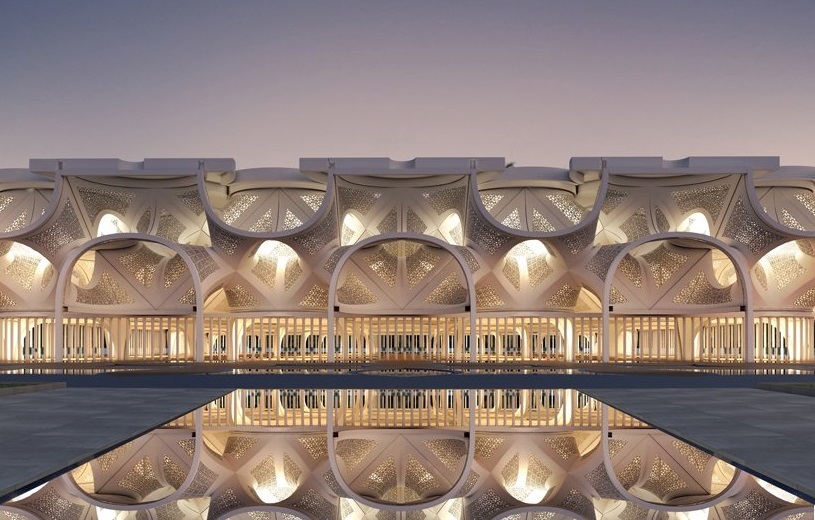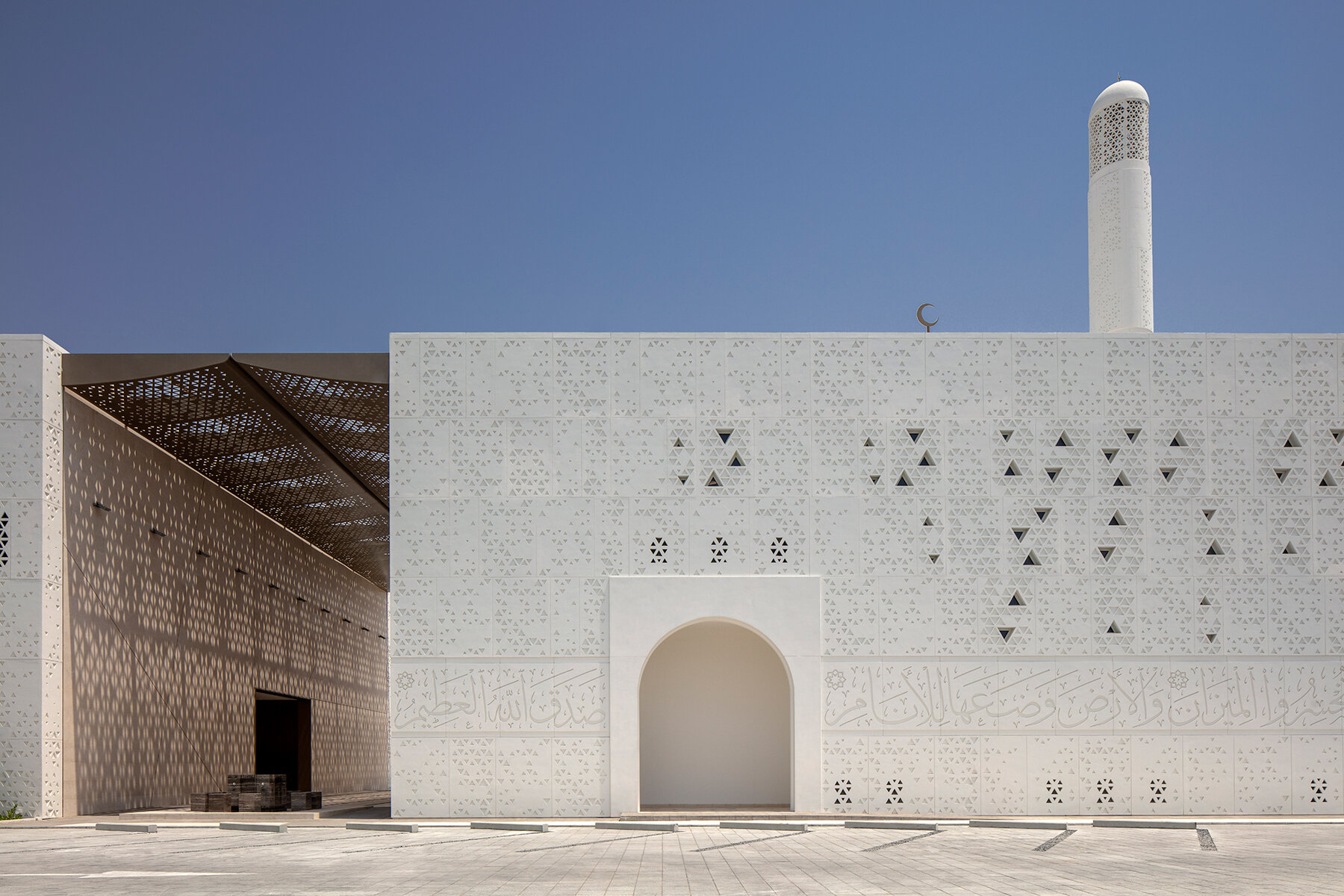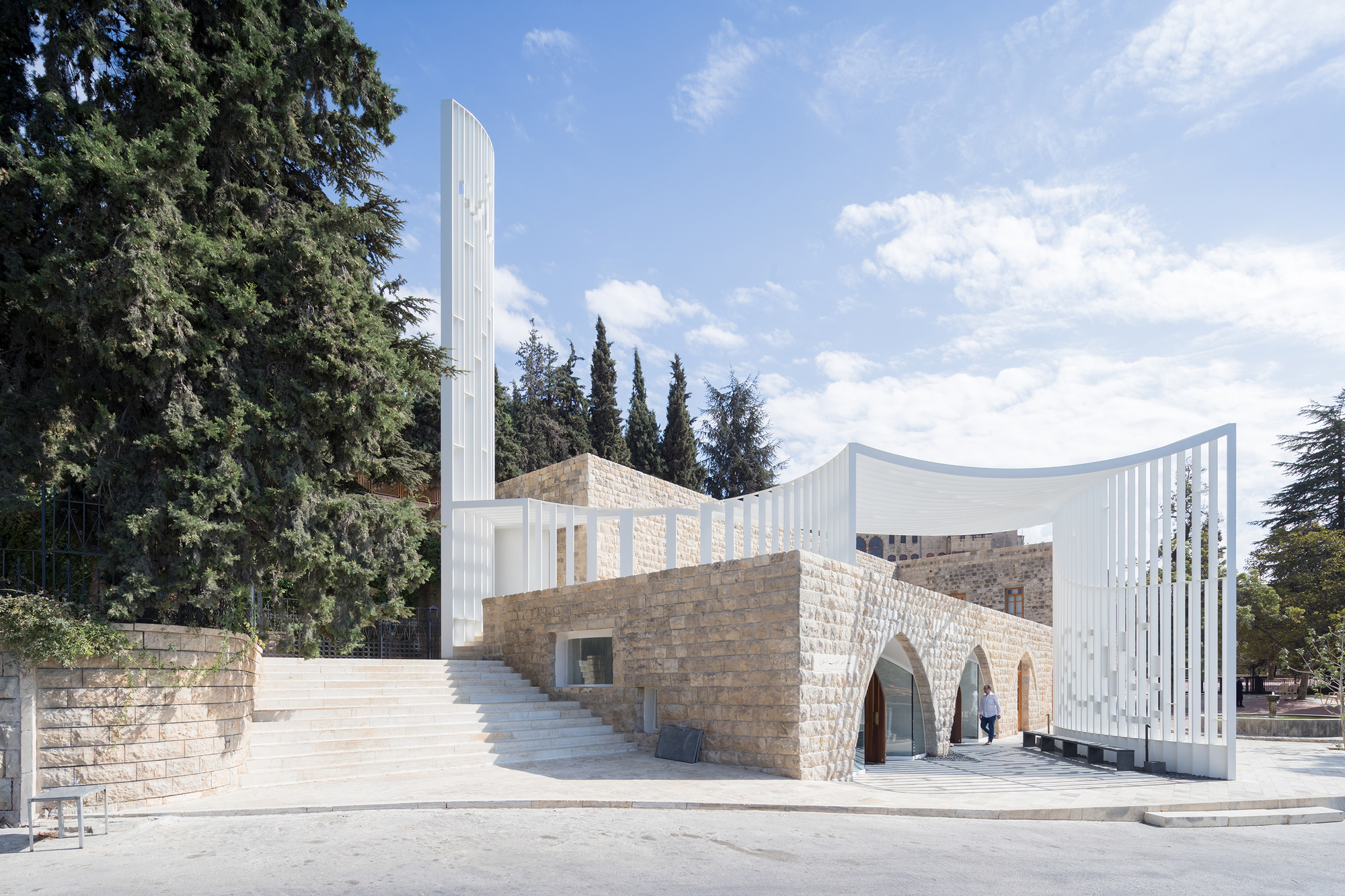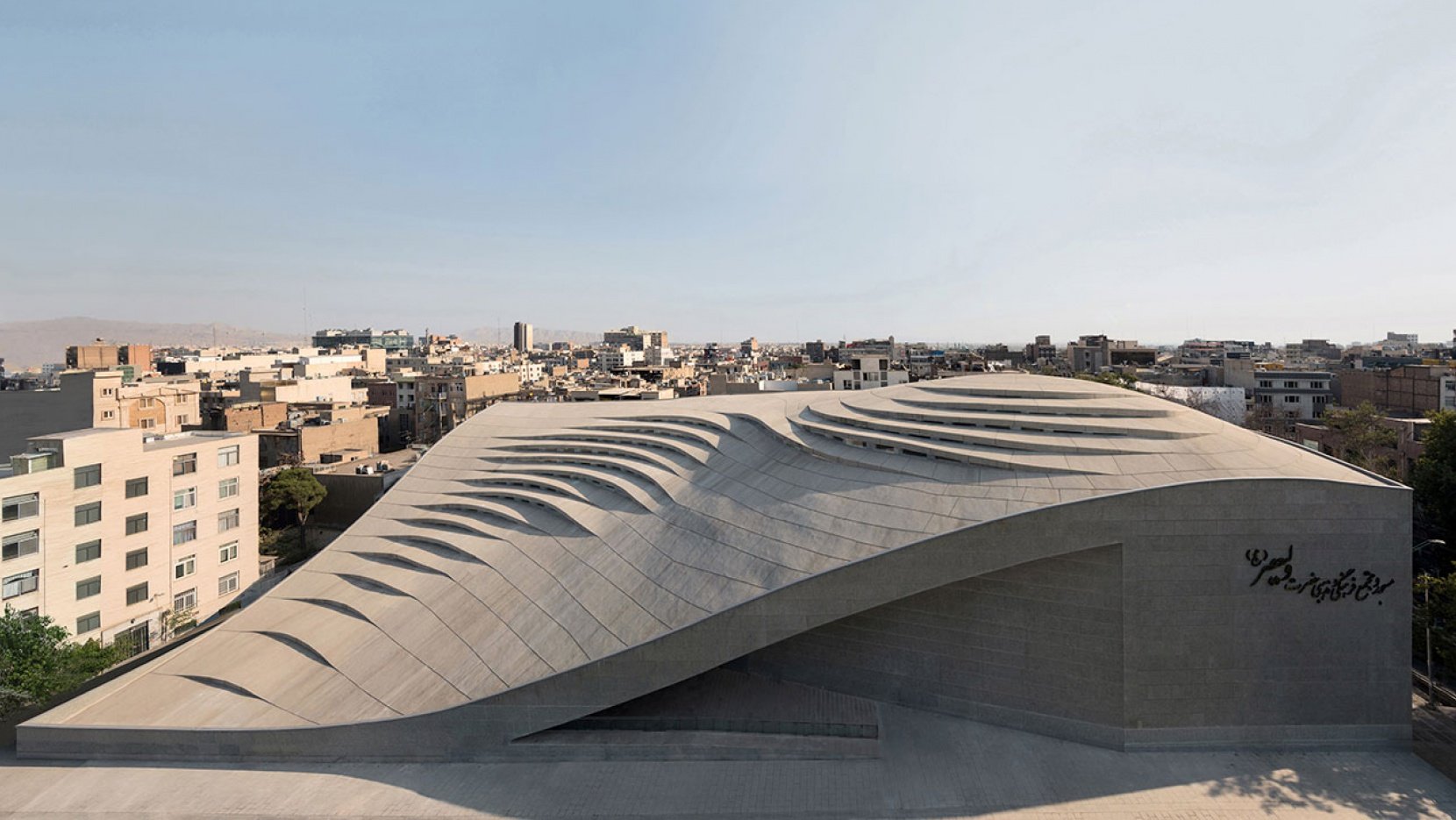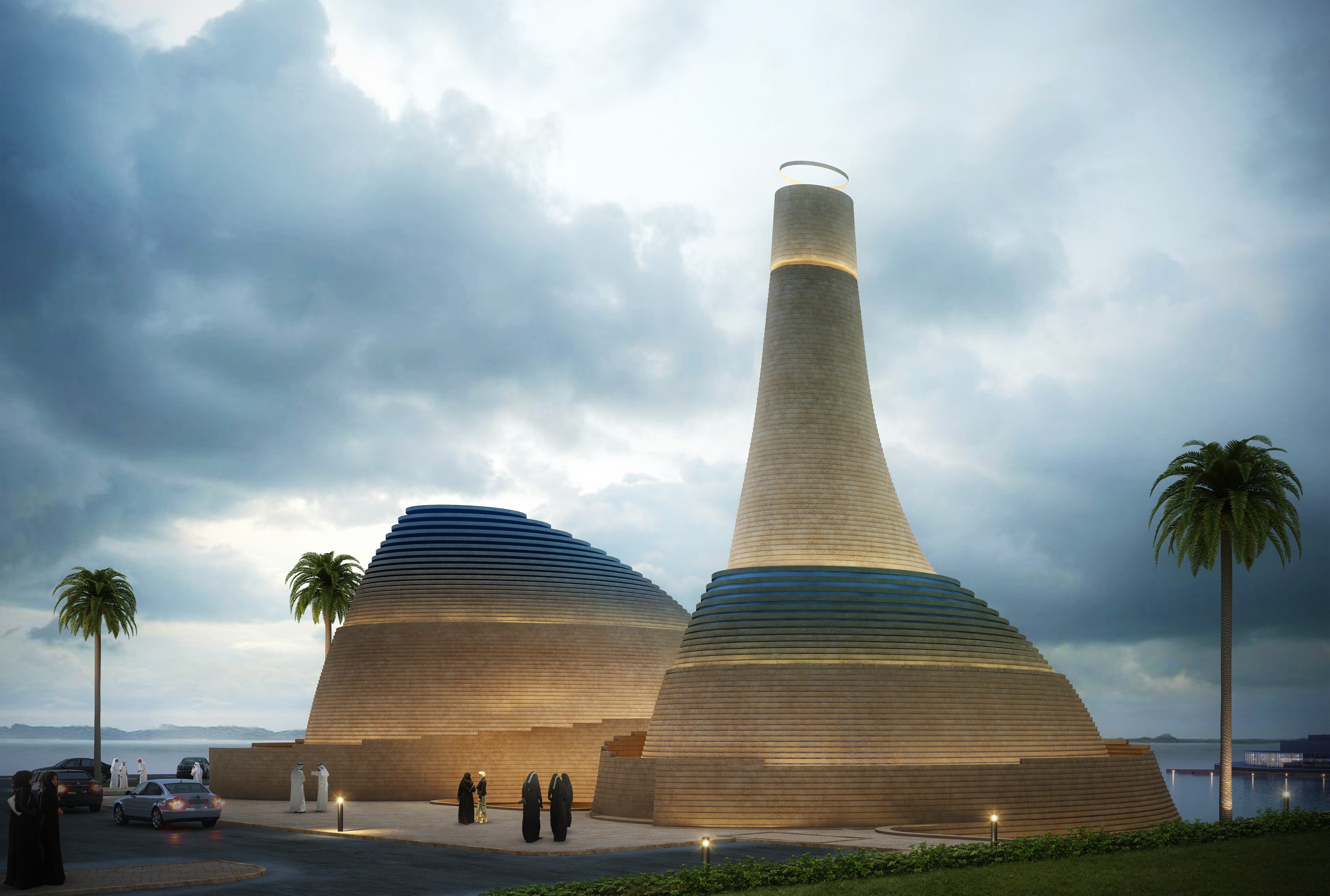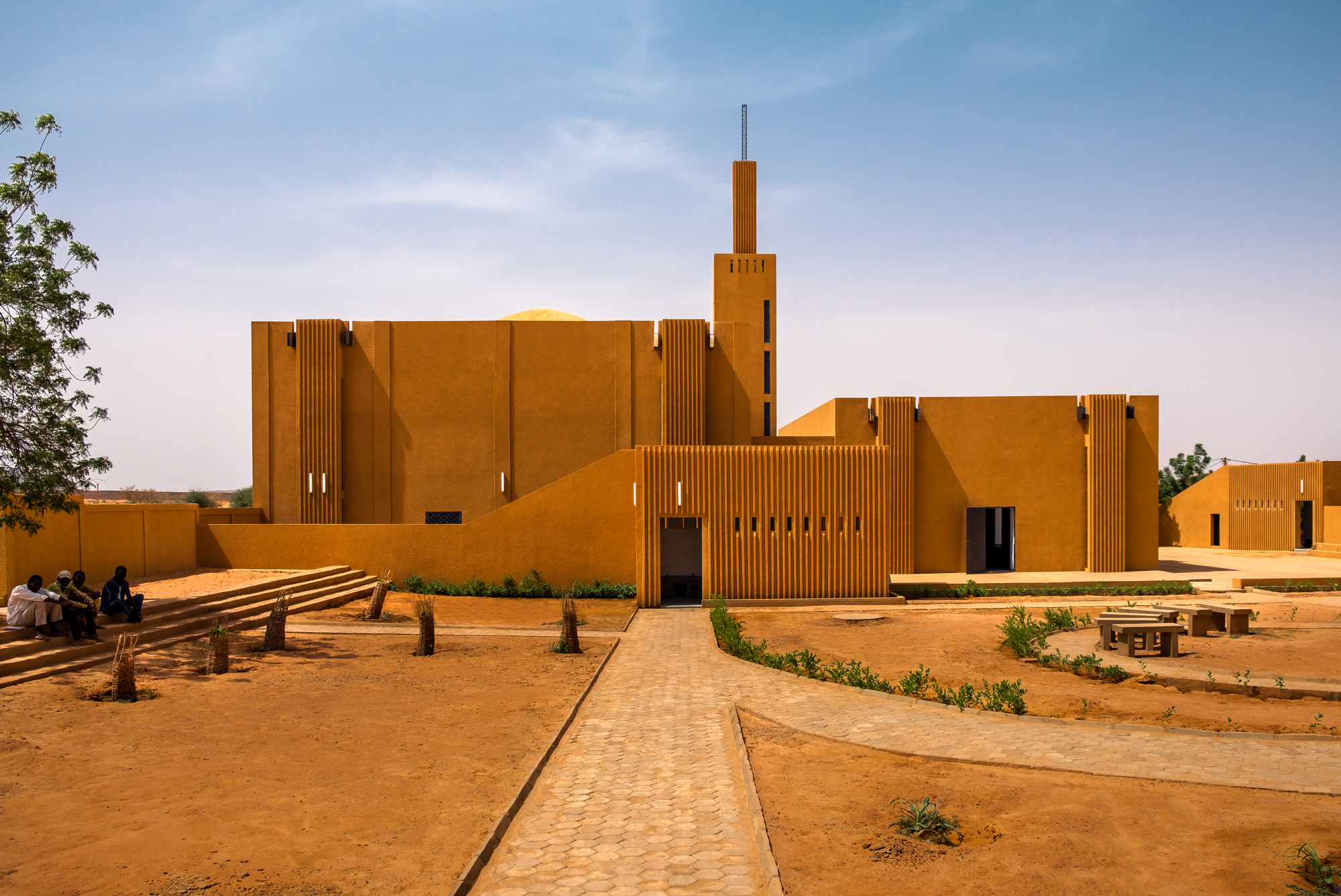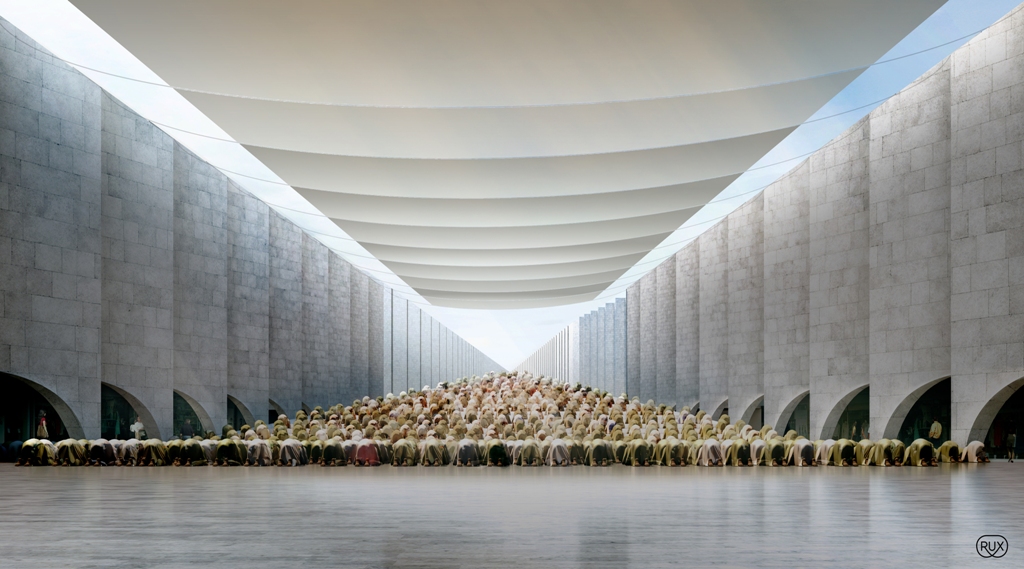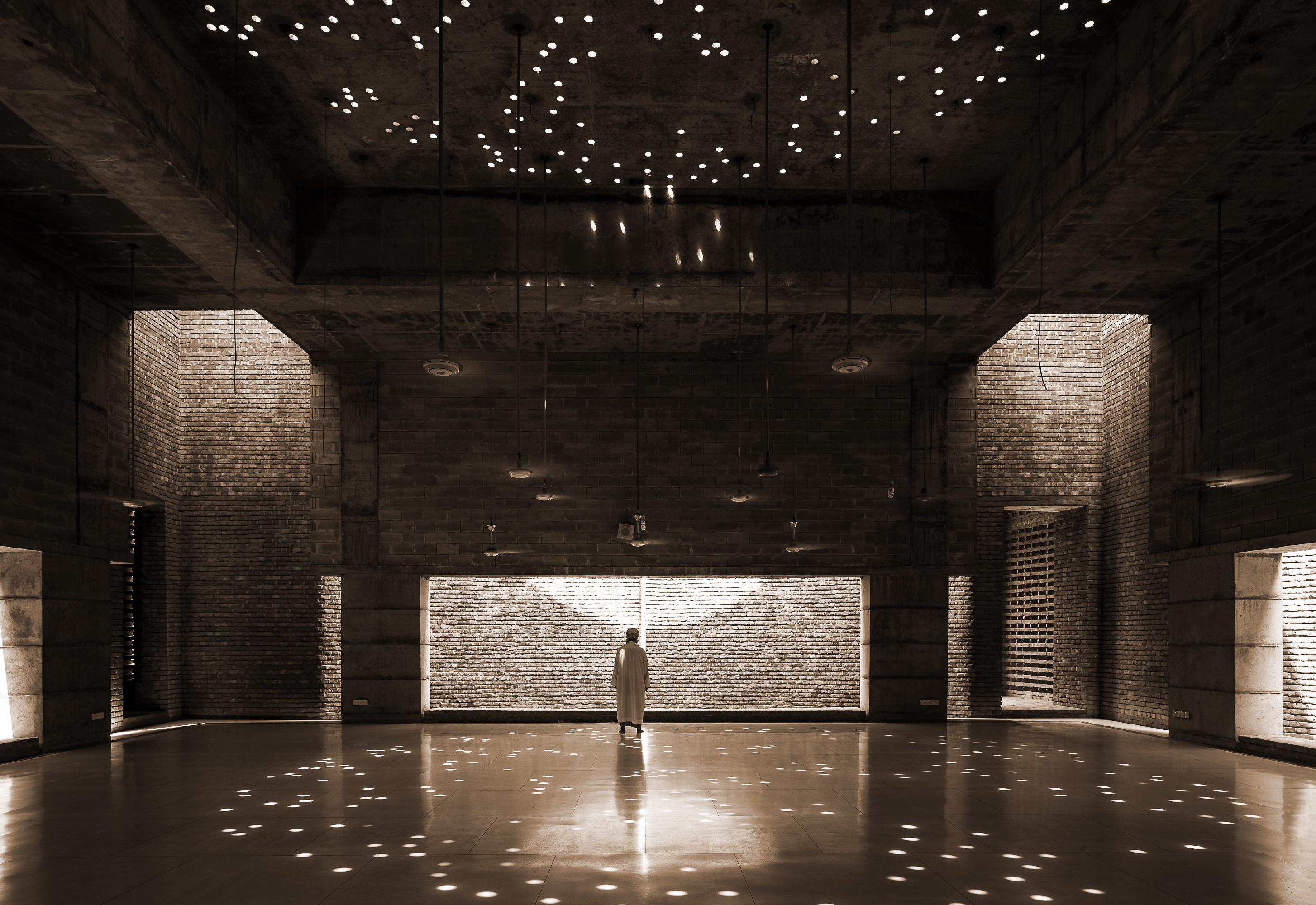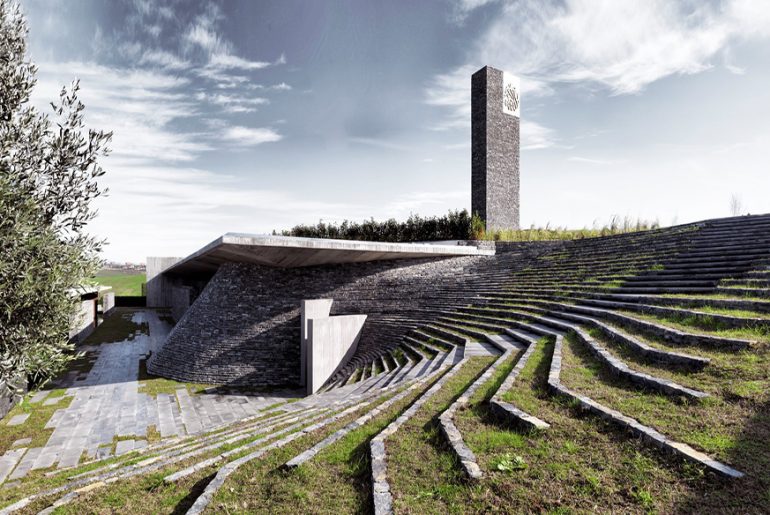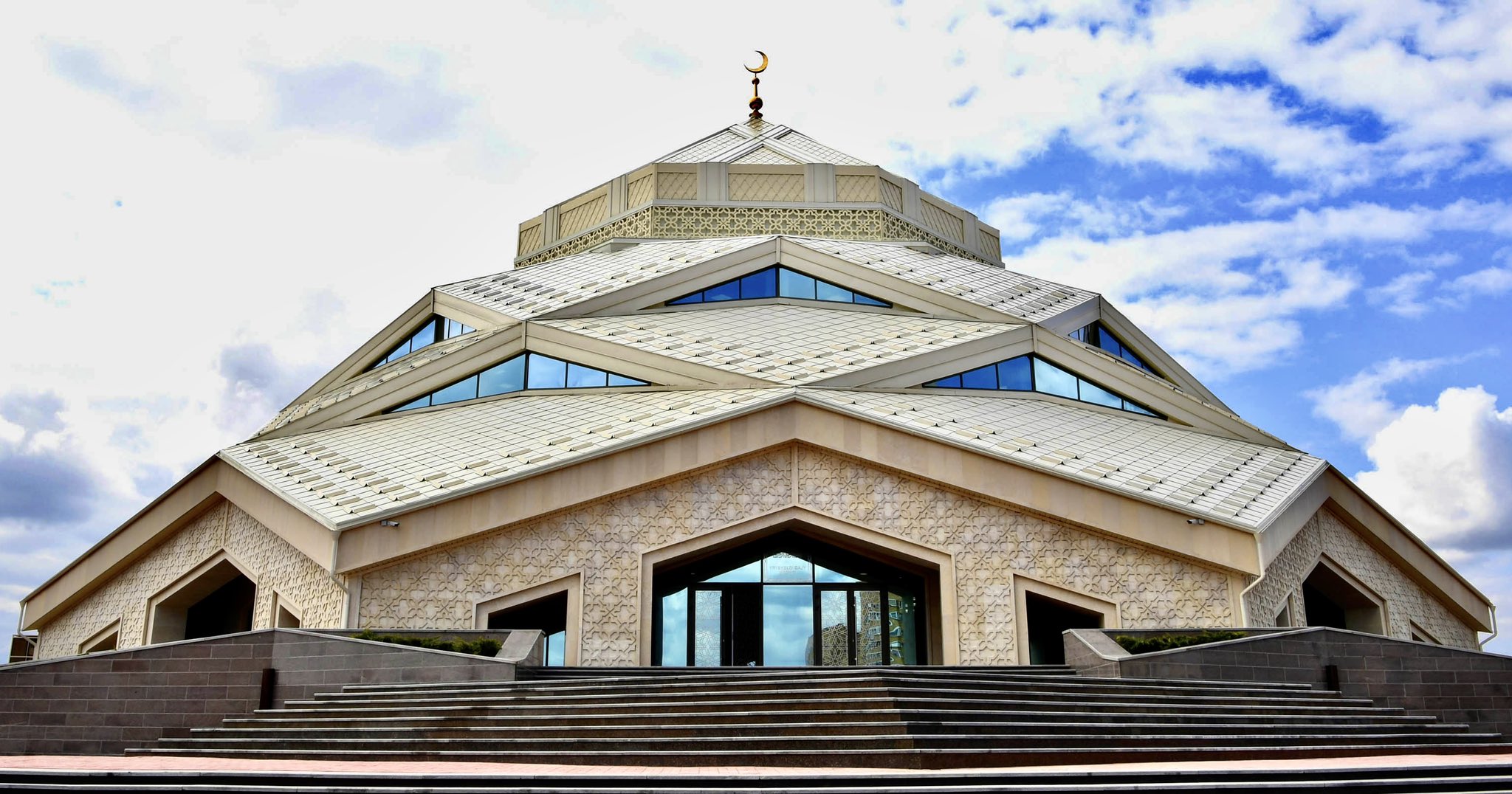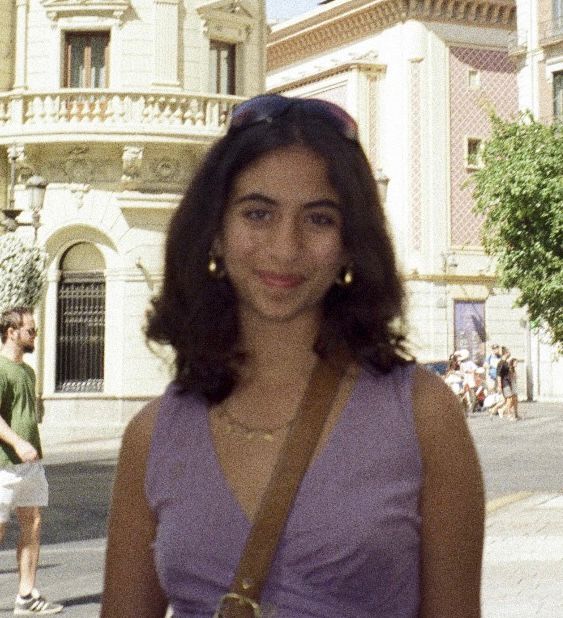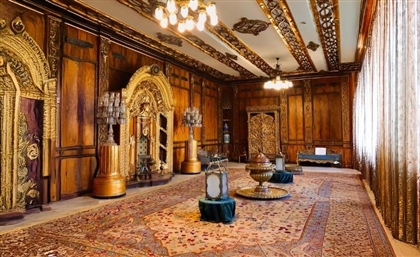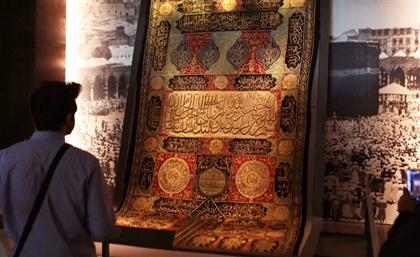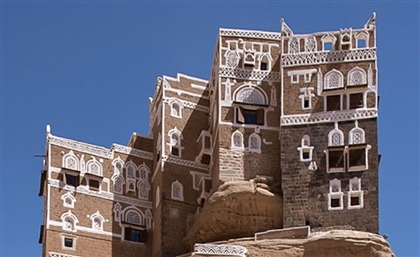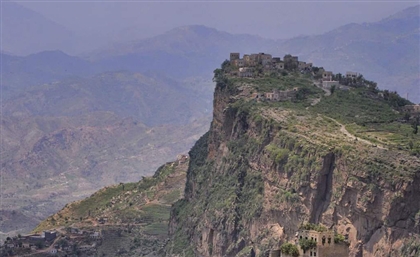Innovative forms, sustainable designs and sleek minimalism weave a silver thread of modernity through the fabric of Islamic architecture.
For centuries, mosque designs and aesthetics have remained largely unaltered, adhering to traditional patterns of Islamic architecture. Traditional features include a courtyard known as a sahn, a niche in the wall that guides worshippers towards the direction of Mecca known as a mihrab, a water source for ablution, and of course a minaret used by the muezzin to recite a call to the daily prayer. Mosques typically also include a dome - symbolising the vault of heaven.
In recent decades, many architects are beginning to challenge these patterns. They are reimagining mosque designs by integrating these traditional architectural elements with contemporary concepts. Skylights instead of niches, public plazas in place of courtyards and innovative designs that orient worshippers towards Mecca define a new era of creativity and innovation for Islamic architecture.
The Mosque of the Light by Dabbagh Architects
Dubai, United Arab Emirates
Dubbed the Mosque of the Light, the Mosque of the late Mohamed Abdulkhaliq Gargash is one of the first mosques to ever be designed by a female architect - Sumaya Dabbagh.
The minimalist design of the mosque plays with traditional concepts of geometry and calligraphy. Sculptural triangles placed on the roof emit natural sunlight in geometric patterns, and a Surah (verse from the Quran) is wrapped around the prayer hall. The design of the mosque makes clever use of natural light, enhancing the connection that devotees have with natural day and night patterns according to prayer timings.
Amir Shakib Arslan Mosque by L.E.FT Architects
Moukhtara, Lebanon
The Amir Shakib Arslan Mosque in Lebanon reinterprets the Islamic tradition of using geometry as spiritual symbolism. Designed by L.E.F.T Architects, the mosque employs a minimalist and abstract architectural style, while continuing to emphasise the core values of Islam.
Instead of a niche in the wall, the mosque has a skylight that points worshippers towards the direction of Mecca. Further, in the location where the Quran is traditionally read, a wooden installation bears the word “Read”, reminding worshippers to read the text of the holy book critically and and not literally.
Vali-e-Asr Mosque by Fluid Motion Architects
Tehran, Iran
Designed by Iranian architects Reza Daneshmir and Catherine Spiridonoff of Fluid Motion Architects, the Vali-e-Asr Mosque forgoes typical large domes and tall minarets, opting instead for a modest horizontal design.
The mosque organically rises from the street level towards Mecca, interweaving itself into public space. A series of splits are incorporated into the roof’s design, providing sunlight, air flow and natural ventilation.
Al Dana Mosque by X-Architects
Abu Dhabi, United Arab Emirates
The Al Dana Mosque in Abu Dhabi embeds traditional Islamic architectural concepts into a more urban context . The conventional sahn - a walled courtyard canonical in Islamic architecture has been reimagined as a plaza, transforming the site into public space. The rippled exterior of the mosque is inspired by the movements and patterns found in sand dunes.
Dandaji Mosque by Atelier Masomi and Studio Chahar
Dandaji, Niger
The Dandaji Mosque in Niger is a reinterpretation of traditional Hausa mosque organisation. Redesigned by Studio Chahar and Atelier Masomi, the mosque is inspired by Baghdad’s Bayt Al-Hikma, or House of Wisdom - a 9th century housing and research centre.
The building is a part of the Hikma project, which provides spaces for learning, reading, studying, play and worship - creating an environment where secular and religious ideas can peacefully coexist.
The Vanishing Mosque by Rux Design
Dubai, United Arab Emirates
The Vanishing Mosque is designed to blend seamlessly into the streets of Dubai. The design features a pool for ablution beneath an open-air triangular stepped platform for prayer.
Surrounded by mixed-use buildings, the plaza is used for prayer five times a day and as an open public space at other times. This incorporates the mosque directly into the fabric of the city, connecting the spiritual and cultural workings of the community.
Bait ur Rouf Mosque by Marina Tabassum
Dhaka, Bangladesh
Bait Ur Rouf mosque was designed by Bangladeshi architect Marina Tabassum for a site in a densely populated neighbourhood of Dhaka. Built in brick, the mosque draws inspiration from the architecture of the Sultanate period.
Once again, light is used to mark the direction of Mecca, identified by a vertical slit in one of the brick walls. The structure sits on a raised plinth, protecting it from floodwater, and separating the site from the busy streets.
Sancaklar Mosque by Emre Arolat Architecture
Istanbul, Turkiye
The Sancaklar Mosque is a privately funded mosque built on the outskirts of Istanbul. It is a radical reimagining of a mosque, breaking from the traditional Ottoman style of most mosques in Turkiye.
The prayer space is built into the slope of the hill - the entrance takes you through a rugged landscape of rough stone steps and wild flowers, and around a curved dry stone wall which faces towards mecca.
The Flower of Allah Mosque by Sagyndyk Dzhambulatov
Astana, Kazakhstan
This futuristic mosque is influenced by a postmodernist style. Beyond its captivating design, it integrates alternative energy sources on the roof, including solar panels and specialized ventilation equipment, resulting in zero energy consumption for the mosque.
Nora Mosque by Emre Arolat Architecture
Ajman, United Arab Emirates
The Nora Mosque and Civic Center is located in the centre of the capital city of Ajman. The mosque used shell-like platforms and roofs to create a unique roofscape. The design takes into account the climate, utilising Ajman’s prevailing winds to form a cool atmosphere within the mosque’s interior.
